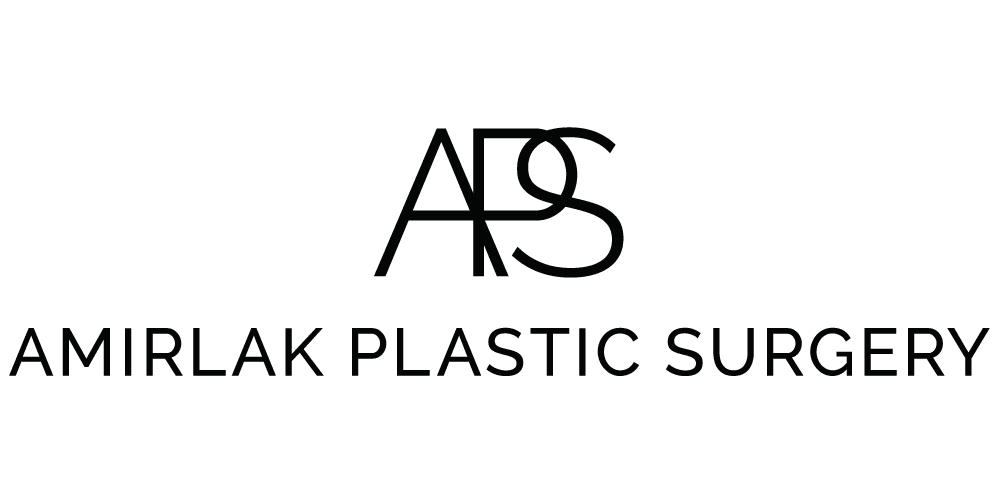Burn Care and Reconstruction
- Posted on: May 11 2017
Burns that penetrate below the superficial layer of the skin, or epidermis, can leave patients with scars and disfigurements. Serious scarring not only results in negatively altered appearance, but often has detrimental psychological consequences. When burns are severe enough, they damage muscular, bone or nerve tissue, affecting mobility, strength and sensation. Physicians can do much to repair the damage suffered by burn victims through a variety of procedures, including burn reconstruction.
Types of Burn Reconstruction
Burn reconstruction is performed to improve the patient aesthetically and psychologically. Most burn scars become less noticeable over time, but serious burns may leave scars that are unattractive, draw unwanted attention, or are disfiguring. Burn treatments typically involve skin grafting and cosmetic reconstruction. While some may be performed in an emergency setting soon after the damaging event, many treatments will take place after the original burn has healed, as much as 9 months to 1 year later.
Compression Bandages
After a serious burn, tight bandages are often required in order to prevent heat and moisture from escaping from the wound, decrease sensitivity, collect wound drainage, prevent infection, and keep the area in an appropriate position for healing.
Skin Grafts
Burn reconstruction may involve grafting of skin or other tissue, creation of skin flaps or the use of injectable fillers to normalize the appearance of the skin. Such methods may also correct functional problems, enabling the patient to move more freely. Skin for skin grafts may come from the patient or may be harvested from pigs or from the donated skin of cadavers. Skin grafts are sometimes only temporary to keep fluids in place until further healing takes place.
Debridement
Debridement is the medical removal of dead, or necrotic, tissue, in order to promote healing. Debridement may be done surgically or with the help of chemicals.
Surgical Cutting
A burn scab, or eschar, that completely surrounds a limb causes tightness, impeding blood circulation. An eschar that goes completely around the chest, for example, can make breathing difficult. In such a case, surgical cutting of the eschar in several places is required to relieve pressure and increase mobility.
Plastic Surgery
In addition to any surgery necessary to repair damaged skeletal, muscular or neurological tissue, plastic surgery if often necessary after a serious burn injury. Plastic surgery can improve the appearance of burn scars and increase the flexibility of joints affected by scarring. Plastic surgeons use various techniques, such as laser resurfacing, microdermabrasion and chemical peels to smooth out scarred tissue and normalize its appearance.
Patient Aftercare for Burns
In addition to the medical care and physical therapy necessary after serious burns, patients can assist in their own aftercare. It is important for patients to continue to be active and to exercise affected areas since otherwise they may suffer a contracture, a tightening and thickening of scar tissue that impedes mobility. The application of various ointments and creams may also be helpful in keeping the affected skin well-hydrated.


